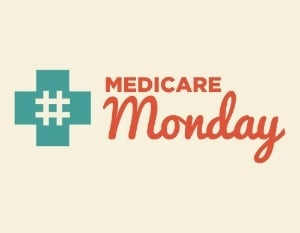
For more than a decade, Medicare Part D has successfully provided seniors comprehensive prescription drug coverage that meets their needs, while its market-based structure has kept overall program costs far below initial projections. But the program could work even better by improving affordability and predictability for seniors who are facing high out-of-pocket costs.
The changes made to Part D in the Bipartisan Budget Act (BBA) that passed in February threaten the program’s successful competitive structure. The BBA closed the donut hole early, but it went much further by lowering insurers’ liability to just 5 percent of costs in the donut hole. This reduction in risk undermines Part D’s market-based structure by reducing plans’ incentive to manage program costs.
Experts agree that lowering risk threatens Part D’s competitive structure. Back in 2015, MedPAC stated, “When competing [Part D] plans bear risk, they have incentives to offer benefits that are attractive to beneficiaries and yet manage spending so that premiums remain affordable… sponsors have been less successful at cost containment when they faced less risk for benefit spending.”
And in April of this year, CMS expressed specific concerns in their Part D Call Letter about the BBA changes and their potential negative impact on the program, stating “…we have significant concerns about the impact these changes will have on drug costs under Part D in 2019 and future years, particularly as plan liability in the gap significantly decreases for brand name drugs beginning in 2019.”
On the other hand, one way to improve affordability and predictability for seniors is to fix the looming Part D Cliff, where, unless Congress acts before 2019, the donut hole will increase by more than $1200 in 2020, raising out-of-pocket costs suddenly for the most vulnerable seniors with significant health needs.
When Part D was created, it included a catastrophic phase of coverage where seniors’ out-of-pocket costs would be reduced once their total medicine costs reached a certain amount. Each year the amount of spending required to move into the catastrophic phase increases slightly. A measure originally included in the Affordable Care Act temporarily slowed the growth rate of this increase. But now that measure is set to expire at the end of 2019, reverting back to pre-ACA levels overnight. This will result in a sudden increase in out-of-pocket costs for seniors in the donut hole who will have to reach a much higher spending threshold to get into catastrophic coverage.
Congress should act on both of these issues as soon as possible, securing and strengthening the program for the long-term, while protecting seniors from a sudden spike in out-of-pocket costs in the Part D donut hole.




